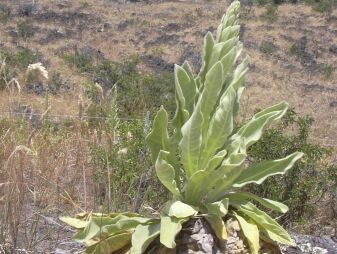Humans have always relied on plants for medicine and many modern remedies are still derived from plants. The active ingredient…
Read More
mullein
Mullein came to fight erosion, exists as threat to silversword, other plants
By Joylnn Paman Originally published in the Maui News, September 10, 2006 as part of the Kia‘i Moku Column….
Read More


